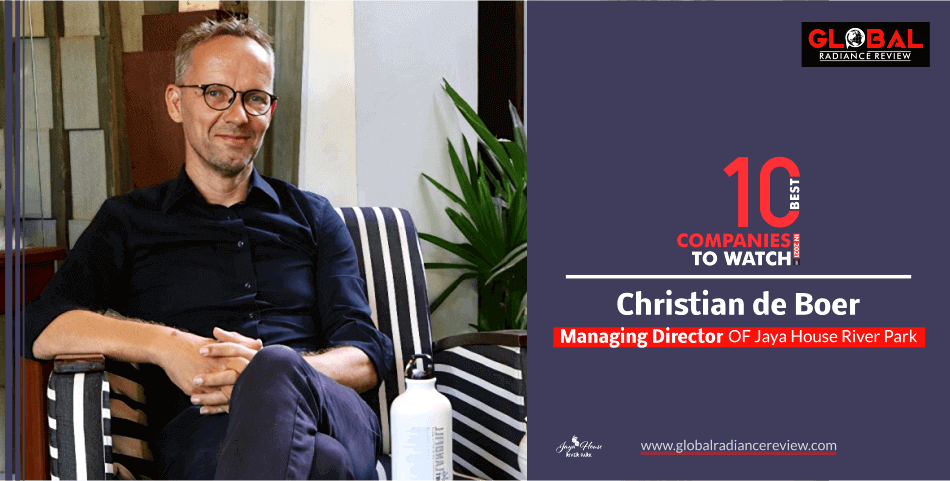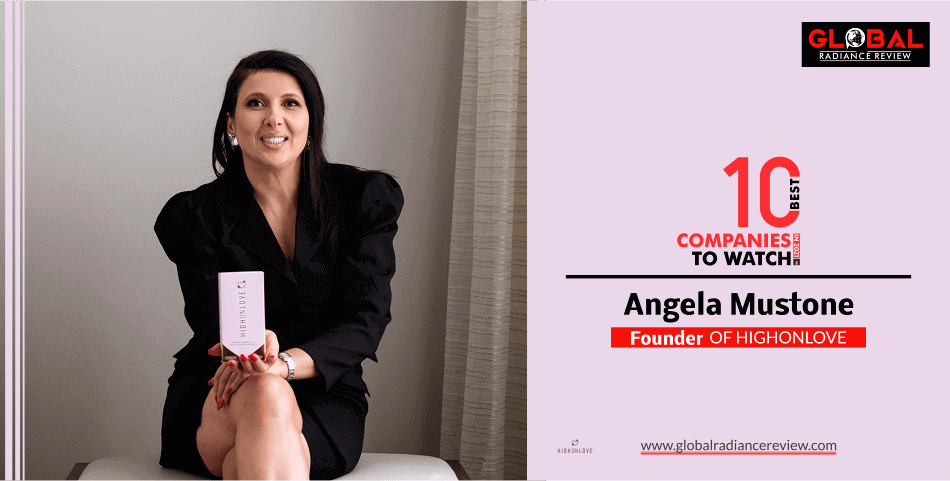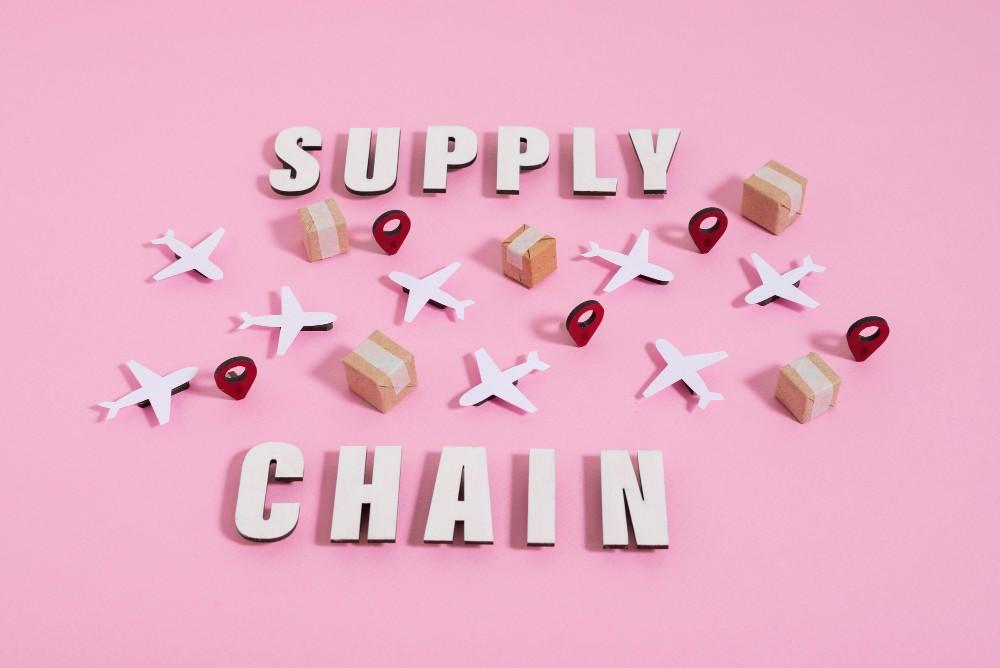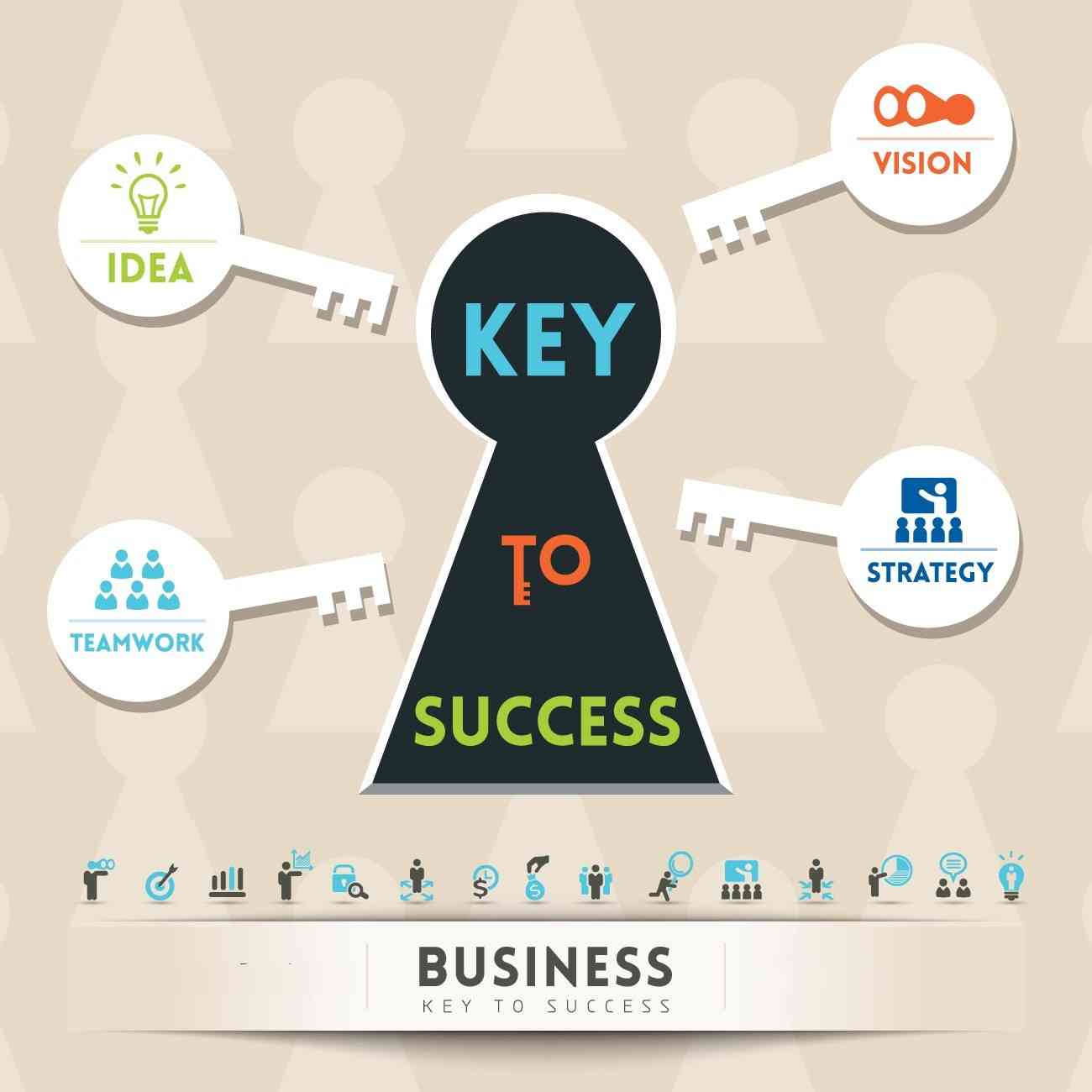As a mass Tourism destination, Cambodia stays a bit in the shadows of its bigger neigh bours such as Thailand and Vietnam. With more than 90% of its tourism arrivals making it into the awe-inspiring site of Angkor Archaeological Site before moving on, the country of the Khmer is an unmissable stop on any Indochina itinerary.
While other parts of Cambodia remain slightly in its shadows, the slow yet decisive means to grow beyond this UNESCO World Heritage Site are stamped in the country’s marketing plan. Creating awareness to the international travel community, while staying on track with continuous efforts to marketing beyond the Angkor temple ruins, is seen as a collaborative effort form local suppliers and accommodation providers.
The idea to expand that what is Cambodia too-small business owners or home-stay project with hues of authenticity flowing in abundance between sunrise and sunset in more rural regions – depend on a few that are keen to get these destinations on the map.
Education is the primary pillar. A centralized approach of how to market these quaint establishments with a mutual vision, mission, and core values is another. It must be a win-win situation for all, and this must include the environment.
Plastic does not belong in a travel scenario when demands for authentic experiences fuel wanderlust.
Tourism is a funny business from this perspective. Hospitality and travel businesses tend to blast out wonderful ideas, conducting study groups, Seminars about responsible tourism and presentations. They plan, rethink, travel and draft out numerous pages while blast away on the socials they are ‘working towards sustainability’. Announcing plan to launch their good deeds in 5, 10 or even longer from now. Talking about taking it seriously.
Sustainable initiatives slowly fade away like snow under the morning sun when there is no measurable short-term gain.
A few mavericks in the travel industry listen to the consumer, know exactly that spreading out the tourism wings to all corners of Greater Cambodia benefits the whole industry. These outspoken purveyors of sustainability fill in the void of what modern-day traveller wants – authenticity without modern-day eyesores and pollution issues. They actively engage with these local entrepreneurs in explaining the wants and needs to keep tourism not only sustainable but with a high-educational aspect.
What we want to see now is also what we want to show to or future generations. These family-run businesses may lack skills and knowledge on how to manage and maintain a sustainable tourism project. Bereft of this knowledge, they tend to seek out these unique specialists who have the drive to think long-term and listen to the demands of discerned travellers with an authentic streak.
Today’s discerned traveller expects authenticity. Be it standing knee-deep in a rice paddy field. Vantage points with little to no obstruction of whatever is deposited by equally image-savvy travellers. The more visitors a destination receives, the bigger the changes that pollution of any kinds is placed in every nook and cranny of where once emperors and kings roamed freely. It is just the name of the tourism game.
Plastic is a serious contender to take the first price in this contest.
There is a quote that resonates across the socials when sustainable travel is a topic, saying “Take Only Memories Leave Only Footprints. “The quote is by a former Indian leader called chief Seattle, and perfectly encapsulates where the tourism industry must head towards.
Sustainable, Or regenerative, tourism only functions when long-term plans to follow in the footstep of chief Seattle’s words are honoured. We all want to explore the lesser-knows as it was hundreds of years ago. A scenic landscape, watching the sunset while the smells of traditional Khmer cuisine fills the air. Who doesn’t dream about this?
When we umbrella all the plans from leading tourism and hospitality providers together, we all strive to deliver authenticity. Delivering this experience requires seriously considering educating all layers of the tourism sector about the ill effect of how drive to explore beyond the trodden path can affect the country’s image.
And as we all know, motivation is fleeting. Motivation is never a constant.
Action to keep that level of authenticity for generations to come must start now. And not as a side project, scheduled to commence 5, 10 years from now or in 2050, according to a recent blast from a well-known international hotel chain.
And to be successful, consistency is essential. Its effects must work like a ripple effect within and outside its borders.
As a small maverick in the Cambodian hospitality industry, the Jaya House River Park in Siem Reap has kept its word to the deed in being the driving force of not only showing the authentic side of Khmer hospitality. Since 2016, it has effectively and successfully eradicated all single-use plastic out of its boutique property.
But knowing that Cambodia is more than just Siem Reap, its owners have been the driving force behind Refill Not Landfill, a not-for-profit organization. It aims to create awareness to cut out single-use plastic completely, educate about proper water management, and putting education at the forefront of its core values. Its Managing Director has been officially appointed as an ambassador for the UNWTO, WTO, and the Ellen MacArthur Foundations as a spokesperson to eliminate single-use plastic out of our lives.
Acting consistently on its aim not to leave the small business owner left aside, Jaya House River Park’s ongoing efforts now see that much-needed ripple effect. Resonating beyond the Khmer borders, surrounding countries and other businesses within the Siem Reap community are eager to follow in their footsteps.
Also touching on the health damages plastic has on the human body, Jaya House River Park has teamed up with a Bangkok-based health company, The Thrive Approach, in spreading this message beyond the earlier authentic and environmental points of view.
As Niels Steeman of The Thrive Approach states, “The incremental use of plastic water bottles is prone to have a detrimental effect on our health. The release of so-called microplastics in mass-produced plastic may accumulate to up to 20 kilogrammes of not easy-to-digest material in our body during our life. Science affirms that modern-day diseases and birth defects may be directly correlated to our unconscious consumption of plastic”.
The benefits of authentically maintaining local traditions outweigh the short-term gains. This comes with considering that our future generation is as keen to see what the Angkor Kings of old did see centuries ago. Or witness a farmer ploughing through his family-owned fields with his buffalo as the sun is rising above the horizon, welcoming another day in Cambodia.
Plastic did not exist at that time.
Plastic does not belong in a travel scenario when demands for authentic experiences fuel wanderlust. Plastic will have no place for future travel generations, who will be keen on seeking that genuine look and feel of any destination in the world.
-black.png)










